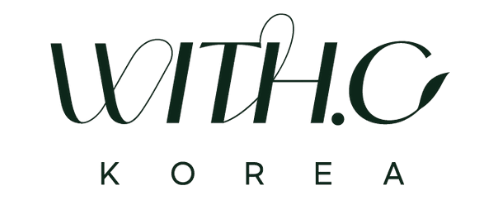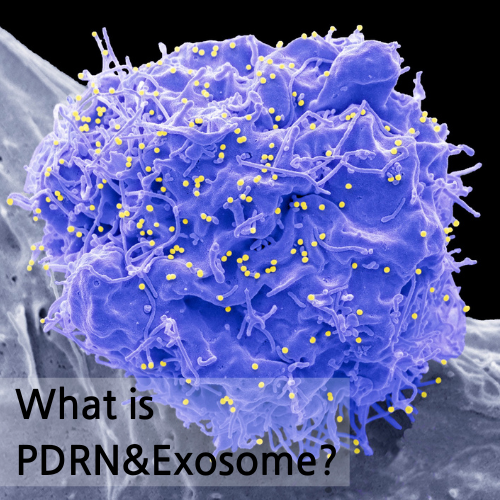What is the PDRN and Exosome cosmetics?
Many people nowadays acknowledge that reversing aging with skincare alone is realistically challenging. That’s why a popular beauty retailer in Korea, Olive Young, has started using the term “Slow-aging” and in a recent book I read, they express it as “Well-aging.” Despite the difficulty in using cosmetics to turn back the clock on skin aging, interest in aging remains fervent. Hence, the trending concept in skincare products these days revolves around PDRN and Exosome.
What is the PDRN cosmetics?
PDRN stands for Polydeoxyribonucleotide, a key ingredient used for skin regeneration and elasticity enhancement. PDRN is known as a material promoting cell regeneration composed of fragments of DNA post-degradation, with reported anti-inflammatory and cell proliferation effects. Just as trends often flow from pharmaceuticals to cosmetics, PDRN has gained attention primarily from the pharmaceutical industry. Unfortunately, most PDRN is currently extracted from salmon sperm. The issue lies in the limited amount that can be extracted per fish, which raises ethical concerns. While there have been seaweed and plant-derived PDRN options, seaweed, though relatively rich in PDRN, faces challenges in standardization due to seasonal variations. On the other hand, plant-based materials suffer from low DNA content. As a solution, Amorepacific announced the development of PDRN material extracted from microalgae in 2023. This ongoing investment and research in PDRN by the cosmetics industry highlight its significance. According to one document, the global market size of PDRN is expected to grow from $25.82 million in 2022 to $286.32 million by 2029, an astonishing 43.39% growth rate.
In Korea, a third-generation skin booster concept called Rejuran Healer, which incorporates PDRN technology, is particularly used for pore tightening and wrinkle improvement. When used as skincare rather than injections, high-concentration ampoules are typically mixed with basic skincare products or absorbed during the essence step.
Next, let’s delve into Exosome.
What is the Exosome cosmetics?
In Korea, Exosome is commonly referred to as a fourth-generation skin booster substance. What are skin boosters, and what does fourth-generation imply?
Skin boosters refer to substances that strengthen the skin’s immune function and barrier. Typically, they refer to procedures administered via injection at dermatology clinics. The first generation includes Hyaluronic Acid (Restylane Vital), the second generation includes Poly-L-lactic Acid (Filorga), the third generation includes Rejuran Healer, and the next is the fourth-generation Exosome. Though the subsequent generations don’t necessarily represent improvements, the nomenclature seems to align with the prevailing trend.
Exosome is a term often heard in biology. Our cells communicate with each other, and the delivery material involved in this process is called Exosome, a small vesicle. It contains proteins, lipids, nucleic acids, and more, and can contribute to skin regeneration, anti-inflammatory effects, improved skin elasticity, wrinkle reduction, and more. Exosomes are smaller than nanoparticles, making them advantageous for absorption into the skin. Therefore, they are applied in cosmetics to ensure that active ingredients can penetrate target cells in the skin without alteration. Since exosomes are small vesicles generated by cells, the raw materials are also obtained from cells. They are obtained by isolating high-purity stem cell culture medium from animals, plants, seaweed, etc., and then refining it for use as a raw material.
During a meeting with skincare manufacturers last week, they mentioned that PDRN and Exosome ampoules are receiving positive feedback in the current trend. The CEO of a skincare company I met afterward also expressed similar sentiments. Therefore, I thought it would be beneficial to share this information with those interested in Korean skincare.
I hope today’s content is helpful to you. If you want to know more about products, feel free to contact us!

